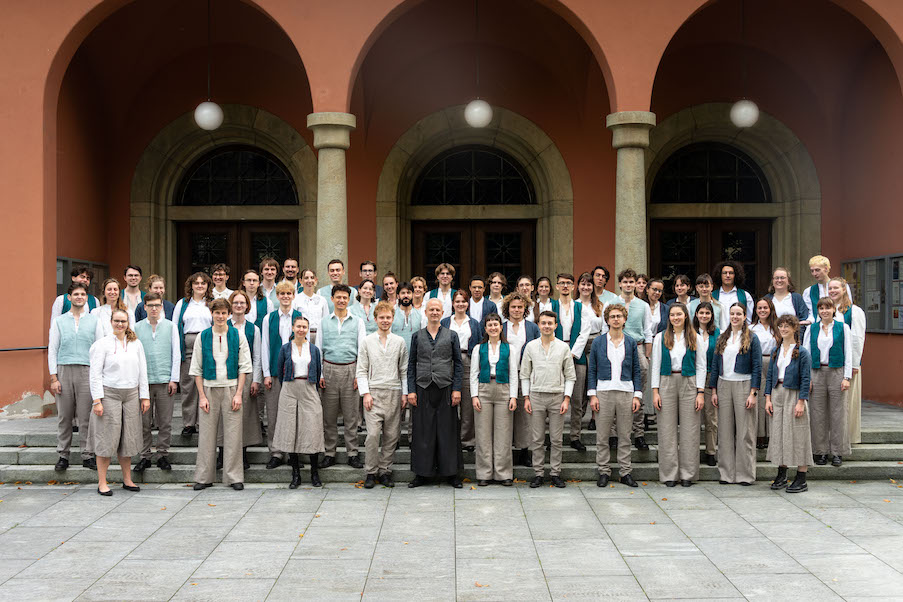Approaches to contemporary music
Specializing in music of the 20th and 21st centuries, Editions Contrechamps is constantly expanding its catalog.

Last autumn, Editions Contrechamps inaugurated a new paperback collection dedicated to documenting contemporary music, mainly through the presentation of representative works, making accessible, through high-quality popularization, their analysis, significance and the context in which they were created. The first volume looks at Ligeti's 18 piano studies, their position in the composer's aesthetic evolution and in the history of music, particularly in relation to postmodernism, their genesis, conception, chronology and arrangement in three cycles, the choice of titles and influences. At the heart of the book is a succinct, accessible and clear analysis of each of the studies, which the author, Jean-François Boukobza, completes with various perspectives: their pianistic writing, the other collections they gave rise to, the work of the interpreters, Ligeti's latest style and an interview with pianist Pierre-Laurent Aimard. Other works in the same attractive format will soon be added to the collection.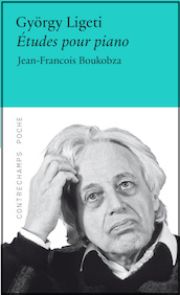
Beat Furrer
In a monograph devoted to Beat Furrer, musicologist Daniel Ender presents the Swiss composer's development through a number of analyses. The commonplace notion that Furrer's works are confined to the privileged use of extremely subtle sounds, noises and silence, is reductive: this is only one aspect of a wider exploration of sound, its transitory situation, its gradual appearance and disappearance, its internal changes in timbre. The same work of mutation, of transformation, can be found in other strata of the composition: structural, motivic, harmonic or temporal, or in the dialectic between rarefaction and densification, between taking up pre-existing material and adding texture - so many metamorphoses, a term that perfectly describes Furrer's music, often inspired by Ovid's work of the same name.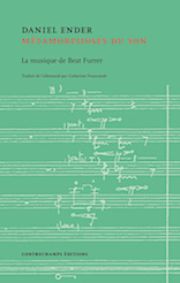
Dieter Schnebel
Little known outside his homeland, German composer Dieter Schnebel (1930-2018) accompanied his creative activity with a reflective approach, nourished by his philosophical questioning and theological research (he was also a pastor, in the spiritual tradition of Karl Barth). A choice of 27 texts, partly selected by the composer himself, brings together writings dating from 1954 to 1998. The visual and corporeal aspects of music (gesture, theatricality), its relationship with language, the sacred and temporality, and the relationship between the transmission of tradition and contemporary music are recurrent themes in Schnebel's thinking. There are also essays on composers as diverse as Schubert, Schumann, Debussy, Webern, Varèse, Cage and Kagel.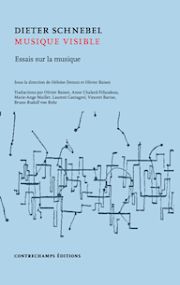
Webern, Debussy and Boulez
Contrechamps has recently published two books by musicologist Jean-Louis Leleu. The first, copious, dates from 2015. It is not a simple compilation of studies, but a compendium built in four parts: the first forming a methodological exposition including an introduction to Schoenberg's musical idea, a presentation of Georges Perle's theoretical work of analysis and an approach to Bartók's dilemma in the face of atonality, the other three each dedicated to a composer: Webern, Debussy and Boulez. In search of the thinking behind the compositional act, as well as its logical and structural development, the author scrutinizes not only the scores, but also the sketches left by the composers, with a magnifying glass or even a microscope. Chapter How Debussy composed: lessons from a workbook or the study of the choice of registers in the second movement of the Variations for piano op.27, for example, give the impression of looking over the composers' shoulders, of participating visually and aurally in their research and the evolution of their musical ideas.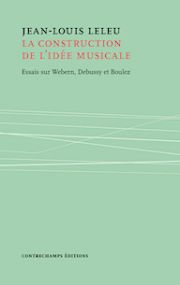
Schoenberg
The second volume, published in 2019, is devoted entirely to Schoenberg, through some of his little-known vocal works: the drama La Main heureuse and various pieces for a cappella choir. Whatever the period of his life, the techniques employed or the level of complexity, we find a primacy of idea over style or material, a particular form of polyphony, a structural use of motifs and their relationship, all of which constitute the artistic personality of the composer of Moses und Aron. The detailed analysis of the pieces under review highlights different writing processes and leads to various developments, including Schoenberg's relationship to the State of Israel, in connection with his choral piece Dreimal tausend Jahre.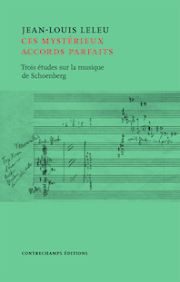
Jean-François Boukobza: György Ligeti - Etudes pour piano, Contrechamps Poche, 264 p. Fr. 12.00, Editions Contrechamps, Geneva 2019, ISBN 978-2-940068-58-6
Daniel Ender: Metamorphoses of sound. The music of Beat Furrer, 320 p., Fr. 25.00, 2019, ISBN 978-2-940068-55-5
Dieter Schnebel: Visible music. Essays on music, Edited by Héloise Demoz, 360 p., Fr. 25.00, 2019, ISBN 978-2-940068-57-9
Jean-Louis Leleu: La construction de l'idée musicale. Essays on Webern, Debussy and Boulez, 686 p., Fr. 35.00, 2015, ISBN 978-2-940068-47-0
Jean-Louis Leleu: Ces mystérieux accords parfaits. Trois études sur la musique d'Arnold Schoenberg, 350 p., Fr. 25,00, 2019, ISBN 978-2-940068-56-2






